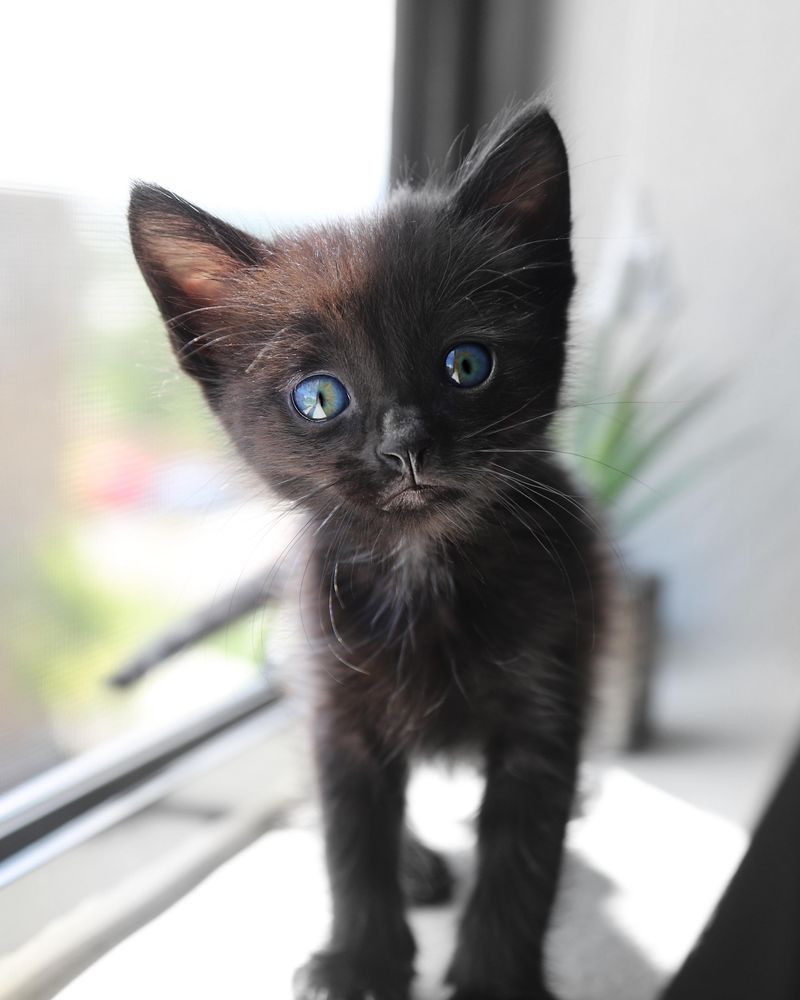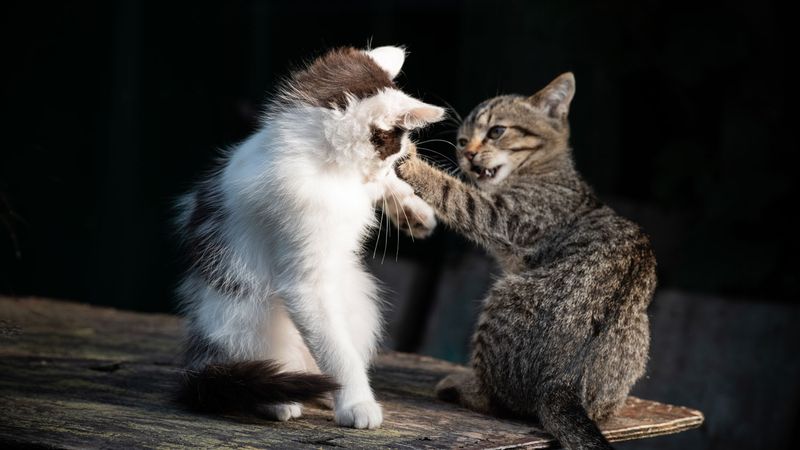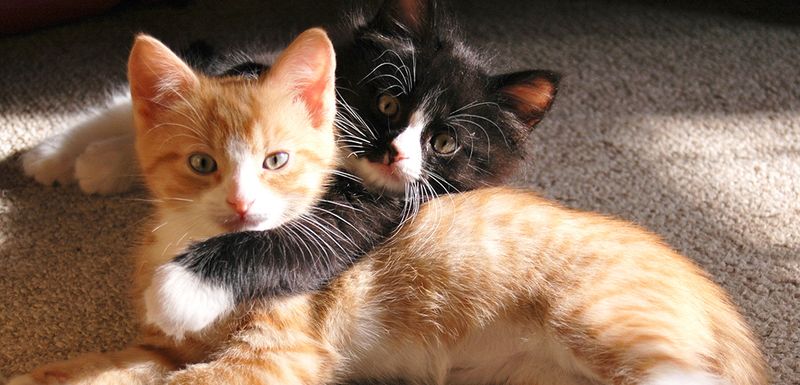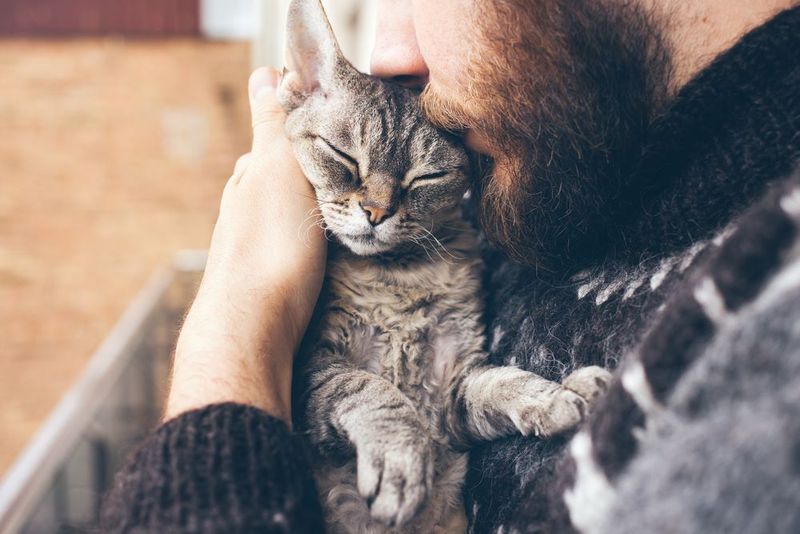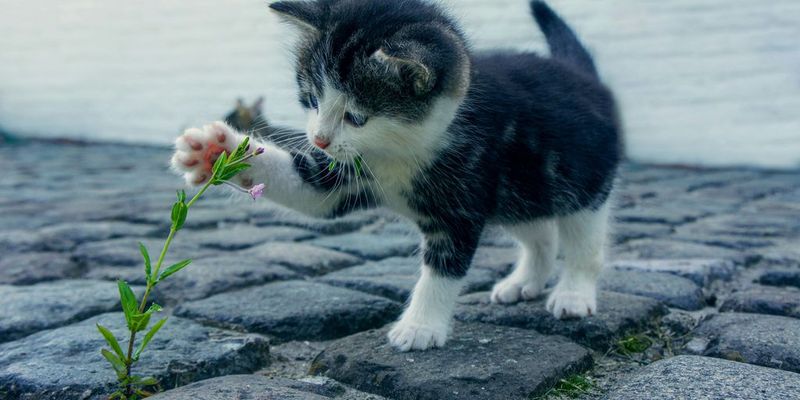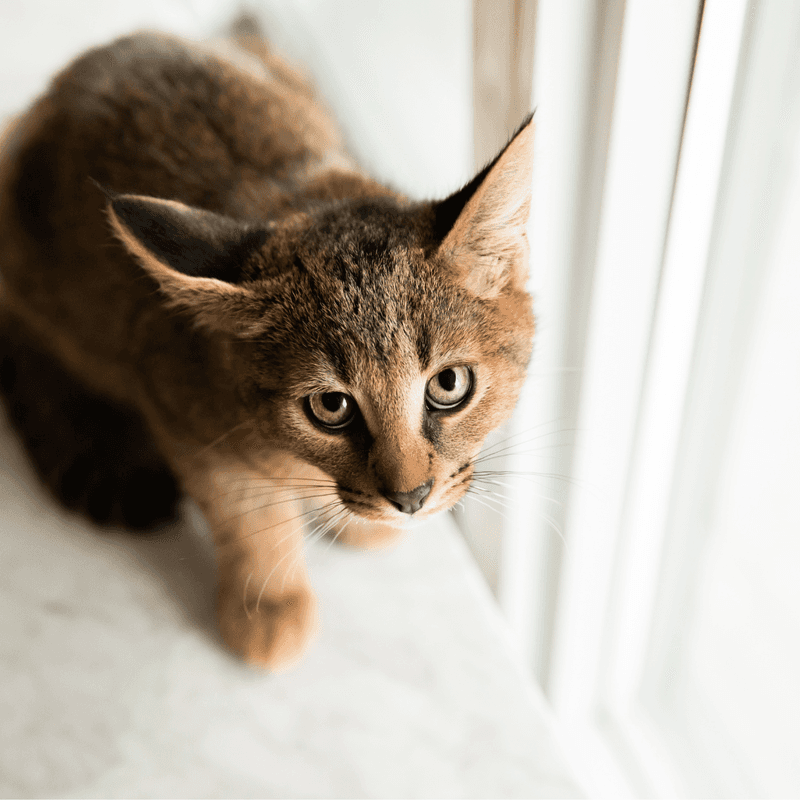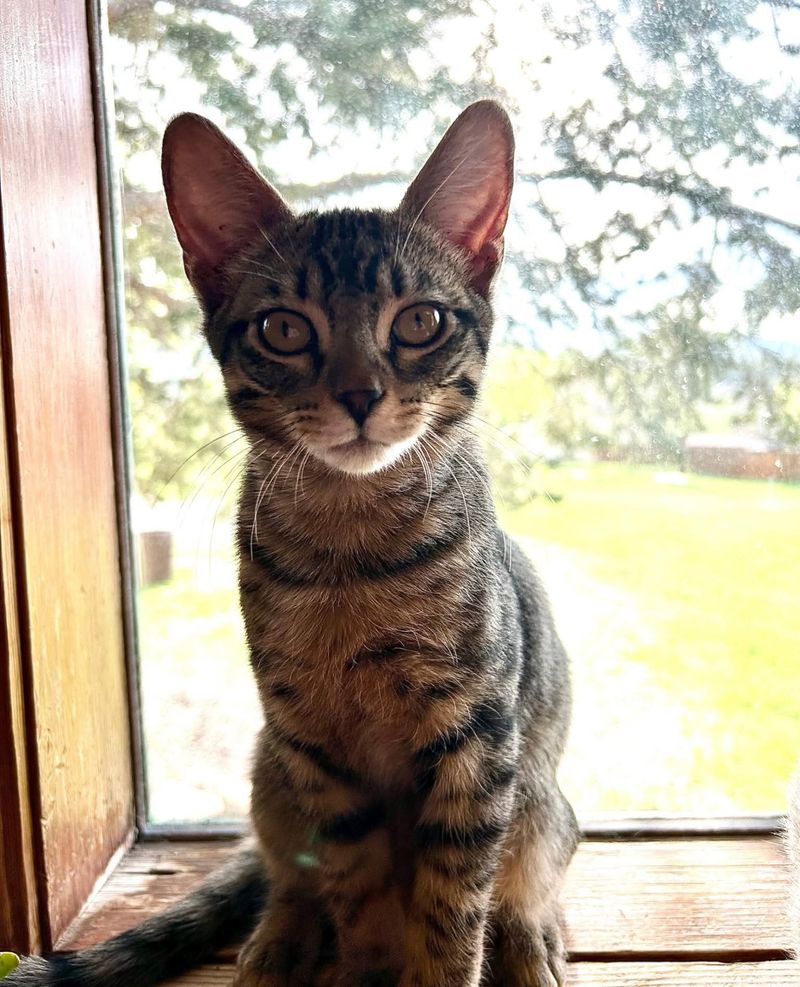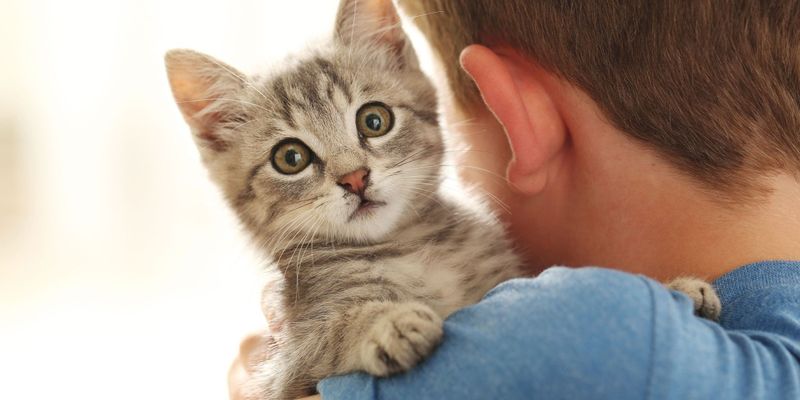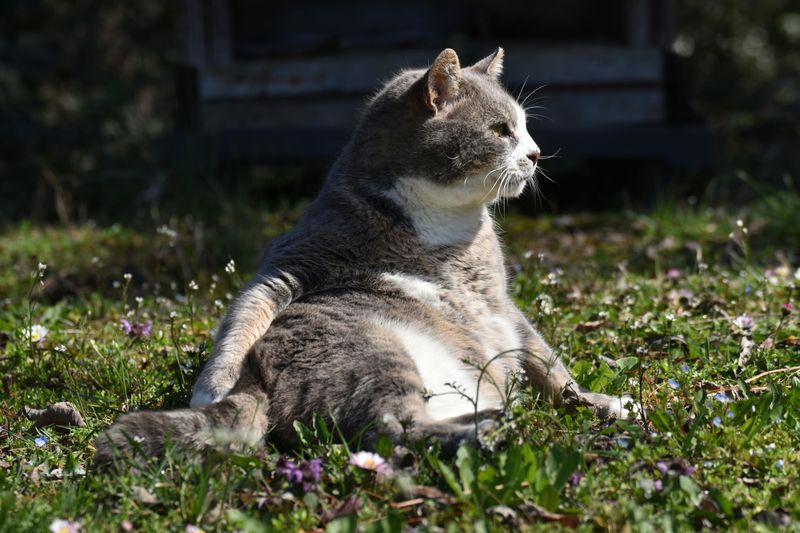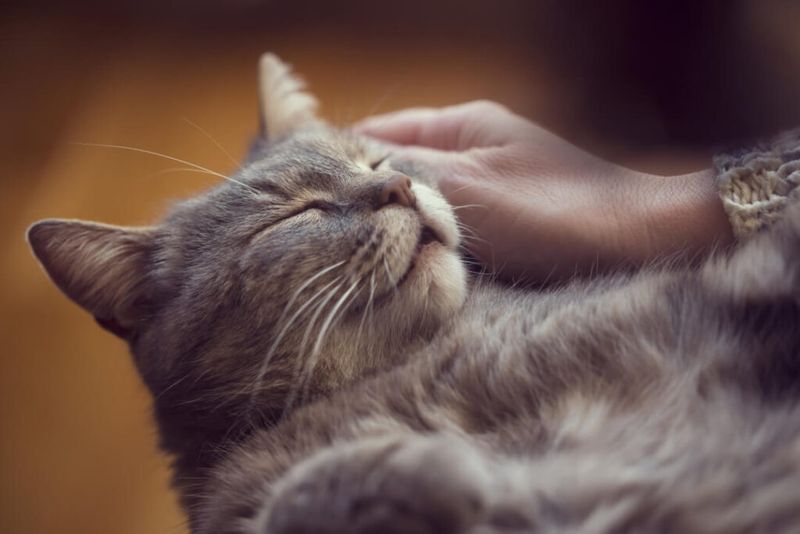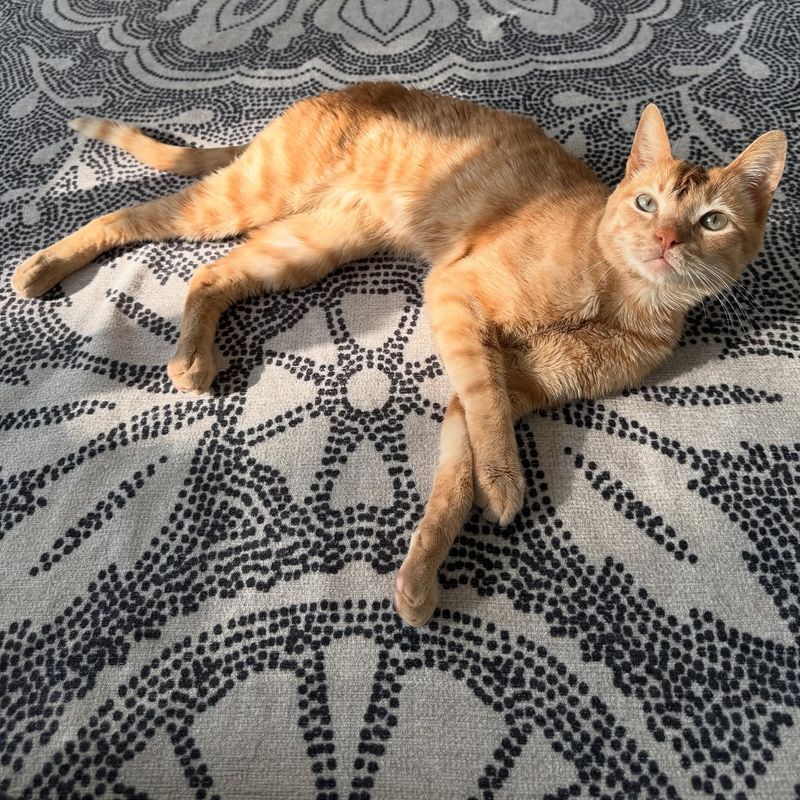📖 Table of Content:
- 1. Curious Exploration
- 2. Playful Aggression
- 3. First Independence
- 4. Territorial Awakening
- 5. Social Bonding
- 6. Adolescent Rebellion
- 7. Fear Period
- 8. Mature Confidence
- 9. Comfort Seeking
- 10. Jealousy Emergence
- 11. Contemplative Observation
- 12. Selective Affection
- 13. Anxiety Response
- 14. Midlife Contentment
- 15. Dignified Maturity
- 16. Peaceful Acceptance
- 17. Legacy Teaching
Cats experience a wide range of emotional changes as they grow, evolving in subtle yet meaningful ways. From curious kittens to serene seniors, their personalities and needs shift with each stage of life. These changes often mirror their development, environment, and relationships with humans and other animals.
Behavioral shifts can reveal much about a cat’s emotional world. What begins as playful exploration often matures into deeper bonds and clearer communication. Observing these transitions can uncover patterns that reflect a cat’s growing confidence, caution, or contentment.
Recognizing emotional milestones is essential for creating a supportive and enriching environment. When their feelings are understood, cats are more likely to thrive both mentally and physically. Each phase of their life holds unique cues that, when noticed, foster trust and companionship.
1. Curious Exploration
Tiny paws tentatively step into a world of endless discovery. Newly mobile kittens approach everything as a potential playmate or threat, their developing brains soaking up experiences like little sponges.
Eyes wide and whiskers forward, they investigate every corner of their environment. This fundamental curiosity shapes their understanding of safety, danger, and comfort zones.
The exploration stage establishes neural pathways that will influence their behavior for years to come. Some kittens bound fearlessly into new situations while others proceed with caution—early indicators of their adult personalities taking shape.
2. Playful Aggression
Pouncing on siblings or toys with surprising ferocity, kittens develop crucial hunting skills through play. These mock battles teach them bite inhibition and physical boundaries while strengthening muscles and coordination.
Sharp little teeth and needle-like claws come into action as they practice the art of the ambush. Despite their small size, their determination to perfect these skills is impressive.
Social rules are learned during this stage as littermates provide immediate feedback when play becomes too rough. This natural learning process helps kittens understand appropriate interaction levels—vital knowledge they’ll carry into adulthood.
3. First Independence
Brave steps away from mother mark a significant emotional milestone. Young kittens begin venturing farther from their safe zone, showing the first signs of wanting to establish their own identity.
Confidence grows with each successful solo mission. These independent explorations might only span a few feet at first, but they represent giant leaps in emotional development.
Mother cats watch these journeys with a mixture of pride and vigilance. The balance between protection and allowing independence is delicate, with mama cats somehow knowing exactly when to intervene and when to let their little ones learn through experience.
4. Territorial Awakening
Suddenly, everything becomes ‘mine’ in the kitten’s developing worldview. This fundamental shift occurs as hormones begin to influence behavior, triggering an awareness of territory and ownership.
Favorite sleeping spots, toys, and even human laps become possessions to be guarded. Cats begin to develop routines around these special places, returning to them regularly and becoming distressed if access is blocked.
Subtle marking behaviors emerge—cheek rubbing, scratching surfaces, and occasionally the first attempts at spraying. These behaviors announce to the world: “This space matters to me.” The intensity of territorial feelings varies widely between individuals but exists in virtually all cats.
5. Social Bonding
Deep attachments form as kittens select their special humans and animal companions. The once-independent kitten now seeks out specific individuals for comfort, play, and security.
Head-butting, slow blinking, and kneading become regular displays of affection. These behaviors release feel-good hormones in both the cat and their bonded companions, strengthening their emotional connection.
Cats remember these early relationships throughout their lives. The bonds formed during this developmental stage often determine how trusting and affectionate a cat will be as an adult, highlighting the importance of positive early social experiences.
6. Adolescent Rebellion
Rules suddenly become optional as young cats test boundaries with newfound energy. Previously well-behaved kittens might start climbing curtains, racing across countertops, or ignoring calls to come.
Hormonal changes fuel this challenging phase. Like human teenagers, adolescent cats experience mood swings and may alternate between craving affection and wanting complete independence.
Patience becomes essential for cat parents navigating this tumultuous time. This natural developmental stage typically peaks between 6-12 months of age, though the intensity and duration vary greatly between individuals. Consistent boundaries help cats navigate this confusing time while learning appropriate behavior.
7. Fear Period
Previously brave cats may suddenly develop new fears during specific developmental windows. Common triggers include unfamiliar people, sudden noises, or even objects that never bothered them before.
This survival mechanism helps wild cats stay safe during vulnerable periods. Even in domestic settings, these fear periods serve an evolutionary purpose by encouraging caution when cats are physically changing and potentially more vulnerable.
Supporting cats through these phases requires gentle exposure to triggers at a comfortable distance. Forcing confrontations can create long-term phobias, while patient desensitization helps cats build confidence. Most cats experience several fear periods throughout development, with most resolving naturally with proper support.
8. Mature Confidence
Steady gazes replace frantic energy as cats reach emotional maturity. Around 2-3 years of age, most cats develop a centered presence that contrasts sharply with their kitten chaos.
Decision-making becomes more deliberate and thoughtful. Mature cats carefully assess situations before acting, showing remarkable judgment about which risks are worthwhile and which should be avoided.
Self-assurance becomes evident in body language—tail held high, direct eye contact, and relaxed movements. This newfound confidence doesn’t mean cats stop playing or enjoying life; rather, they approach activities with greater purpose and control, balancing fun with their dignified new self-image.
9. Comfort Seeking
Established routines become increasingly important as cats settle into adulthood. Daily patterns of eating, grooming, playing, and sleeping provide security in an unpredictable world.
Favorite spots become sacred territories. That sun-drenched windowsill or particular corner of the couch transforms into a sanctuary where cats retreat to process emotions and recharge their energy.
Any disruption to these comfort zones can cause significant stress. Moving furniture, having guests, or changing feeding schedules might seem minor to humans but can deeply affect a cat’s emotional equilibrium. This need for predictability isn’t stubbornness—it’s a fundamental aspect of feline emotional security.
10. Jealousy Emergence
Green-eyed emotions surface when attention gets divided. Adult cats often develop strong feelings about resource distribution—whether those resources are food, toys or, most importantly, human attention.
Subtle signs include positioning themselves between their human and the “competition.” More obvious displays might involve swatting at the newcomer or demonstrating attention-seeking behaviors whenever their person interacts with another pet.
This emotional response stems from cats’ need for security in relationships. Understanding that jealousy comes from insecurity helps address the root cause rather than just the symptoms. Creating special one-on-one time with jealous cats often helps reassure them of their important place in the family.
11. Contemplative Observation
Hours spent in silent observation reveal the philosopher within every cat. Adult cats develop remarkable patience, often spending long periods watching birds, household activities, or seemingly nothing at all.
These quiet moments aren’t just idle time—they’re active mental processing. Scientists believe these observation periods help cats make sense of their environment and plan future actions.
The famous “cat stare” develops during this stage. Those unblinking eyes aren’t just looking; they’re analyzing, calculating, and sometimes communicating subtle messages to those who know how to interpret them. This watchful behavior represents a sophisticated emotional state combining curiosity, assessment, and strategic thinking.
12. Selective Affection
Fully mature cats become increasingly discriminating about when and with whom they share affection. Unlike kittens, who might cuddle with anyone, adult cats carefully select their inner circle of trusted companions.
Body language becomes more subtle yet meaningful. A slow blink or presenting their back might seem minor, but these gestures represent significant trust from a species that remains partially wild even after thousands of years of domestication.
The depth of these chosen relationships often surprises people. Cats form profound bonds with their special humans, showing remarkable loyalty and emotional attunement that contradicts their unfair reputation for aloofness.
13. Anxiety Response
Life changes trigger coping mechanisms as cats process stress in their environment. Moving homes, new family members, or schedule disruptions can activate anxiety responses even in previously confident cats.
Physical manifestations include over-grooming, digestive issues, or changes in litter box habits. These aren’t behavioral problems but rather emotional responses requiring compassion and support.
Creating safe spaces helps anxious cats regulate their emotions. Quiet zones with familiar scents, predictable routines, and patience from human companions allow cats to process changes at their own pace. Understanding these anxiety responses as communication rather than misbehavior helps both cats and humans navigate challenging transitions.
14. Midlife Contentment
Balanced emotions characterize cats in their prime years. Between ages 7-10, many cats reach a sweet spot of emotional development—confident yet playful, independent yet affectionate.
Daily routines take on almost ceremonial importance. The morning sun patch, the evening cuddle session, the precise moment when dinner should appear—these rhythms provide deep satisfaction and security.
Relationships deepen with trusted companions during this golden period. Cats in midlife contentment often develop uncanny abilities to sense their humans’ emotions, offering comfort during difficult times and celebrating good moments with playful energy. This emotional intelligence showcases the sophisticated emotional lives adult cats develop.
15. Dignified Maturity
Regal bearing emerges as cats enter their senior years. Many cats develop a serene presence around age 10-12, carrying themselves with newfound dignity that commands respect.
Priorities shift toward quality over quantity in activities. While still enjoying play and exploration, older cats become more selective about when to expend energy, preferring meaningful interactions over chaotic activity.
Wisdom gained through years of experience manifests in problem-solving abilities. Senior cats often demonstrate remarkable adaptability to changing circumstances, drawing on their extensive mental library of past experiences to navigate new challenges with grace.
16. Peaceful Acceptance
Older cats often develop a beautiful acceptance of life’s rhythms. The competitive drive of youth gives way to a gentle appreciation for simple pleasures—a warm lap, a sun puddle, or a favorite treat.
Physical limitations are approached with remarkable adaptation. Cats naturally modify their movements and behaviors to accommodate aging bodies, finding new ways to enjoy favorite activities.
Emotional bonds reach their deepest expression during this stage. Many senior cats become increasingly affectionate, as if understanding the preciousness of connection. The hard-won wisdom of their many years allows them to prioritize what truly matters—comfort, security, and love—over the territorial concerns that once seemed so important.
17. Legacy Teaching
Senior cats often assume teaching roles when new animals join the household. Drawing on their lifetime of experience, they communicate boundaries, demonstrate proper behavior, and occasionally discipline youngsters who step out of line.
These teaching moments range from subtle demonstrations to direct intervention. An older cat might show a kitten how to groom properly, use the litter box, or interact appropriately with humans.
The emotional satisfaction cats derive from this mentor role is evident in their patient approach to younger animals. After initial adjustment periods, many senior cats seem to find renewed purpose in passing down their feline wisdom, creating a beautiful continuity in multi-cat households.

